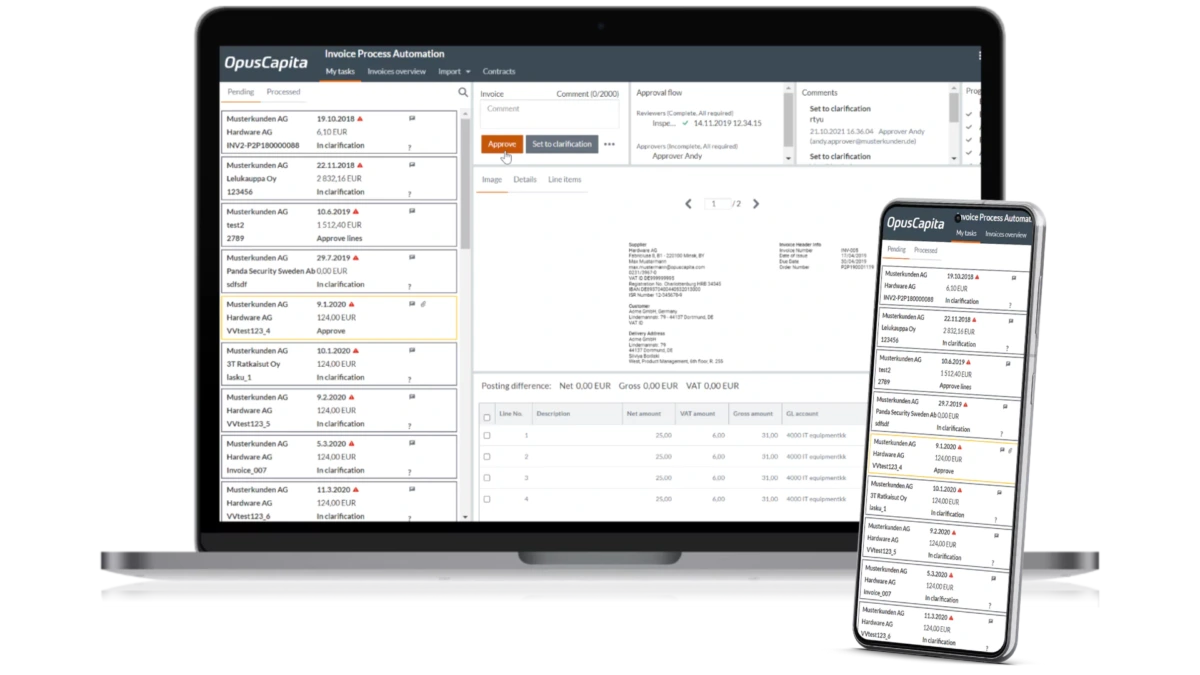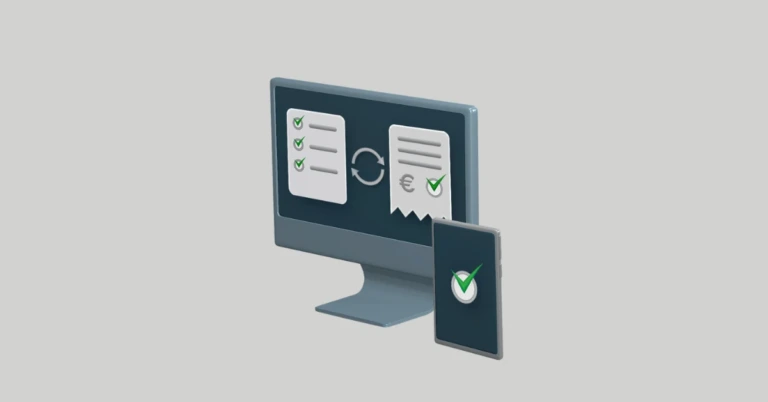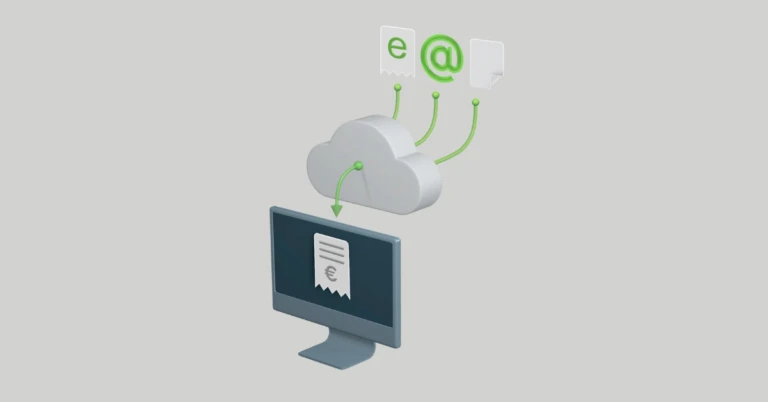
How to adapt your invoice handling when you do business in Finland and Sweden
04.09.2023
Invoice handling can look very different in Finland and Sweden, which poses a challenge for companies operating in both markets. In this blog post, we delve into these regional differences, where they stem from and how a pan-Nordic company should consider them in AP automation.
Sweden leads in automation, Finland in e-invoicing
One could argue that Sweden is ahead of its Eastern neighbour in AP automation, but Finns win the race for higher e-invoicing rates. These contrasts are explained by different approaches to invoice handling.
In Sweden, the main objective of invoice handling has been to increase automation and reduce human involvement to a minimum. Encouraged by the flexible Svefaktura standard that allowed company-specific variation, this goal has led to Swedish companies placing different and relatively rigid demands for their suppliers’ invoices. To ensure their invoices are correct and paid and to avoid using several portals for sending out invoices, Swedish suppliers often send PDF invoices via email, thus making the e-invoice rate relatively low.
There are definite upsides to both approaches.
Meanwhile, in Finland, almost all invoices are received in electronic format, thanks to more lax invoice demands. E-invoices are received and paid even though the data isn’t 100% correct or in its preferred data fields, which in turn means additional work in invoice handling. While Swedish companies send detailed supplier letters explaining how the invoice should be constructed and whether the company uses VAT, organization or GLN number as its identifier, Finnish suppliers are accustomed to finding the e-invoicing address from the company’s website or an e-invoicing address service and sending their invoice off, often without consulting their customer at all.
There are definite upsides to both approaches. A high e-invoicing rate streamlines the process and reduces the number of errors, as you don’t have to scan PDFs. On the other hand, when you get a lot of data in exactly the correct format, you have more opportunities to utilize the information in different ways beyond AP automation. However, juggling multiple methods and preferences can be challenging for companies doing business in both countries.
Streamlining invoice handling across markets
Companies operating in the two markets sometimes wonder why things don’t work the way they are accustomed to; Finnish businesses are puzzled why they still need to send or receive PDF invoices, and Swedish companies are struggling to get the right data from their Finnish partners. Suppliers in both countries try to remember to send invoices in the preferred style, format, and channel for each customer.
Understanding where the differences stem from can ease some frustrations of operating across markets.
There are no quick fixes to bridge the gap, but understanding the differences and where they stem from can ease some frustrations of operating across markets. On the buyer side, using a modern accounts payable solution and tools that allow even small suppliers to send e-invoices help to bring all invoices into a single workflow.
There are, however, signs that the invoicing practices are gradually becoming more uniform. E-invoicing rate is increasing in Sweden, as the law mandates public entities to use electronic formats. There is also talk about making e-invoicing mandatory in B2B and B2G sectors in Sweden. The Peppol standard is also gaining ground, though country- and industry-specific variations still exist.
What does AP automation mean for your company?
At the end of the day, the regional differences in invoice handling stem from different views on automation. For Swedish companies, automation means reducing human involvement in the invoice handling process regardless of invoicing format and channel, while in Finland, automation is often synonymous with e-invoicing and discussions revolve around how to utilize data even if all the information isn’t as strictly correct as with their Swedish counterparts.
It’s important to keep these different approaches in mind when your company is operating in both markets and looking for a solution to increase accounts payable automation. First, you need to define what AP automation means for your company. Are you aiming for a higher e-invoicing rate or getting more data in each invoice? What kind of data do you need, and how will you integrate that into your systems?











